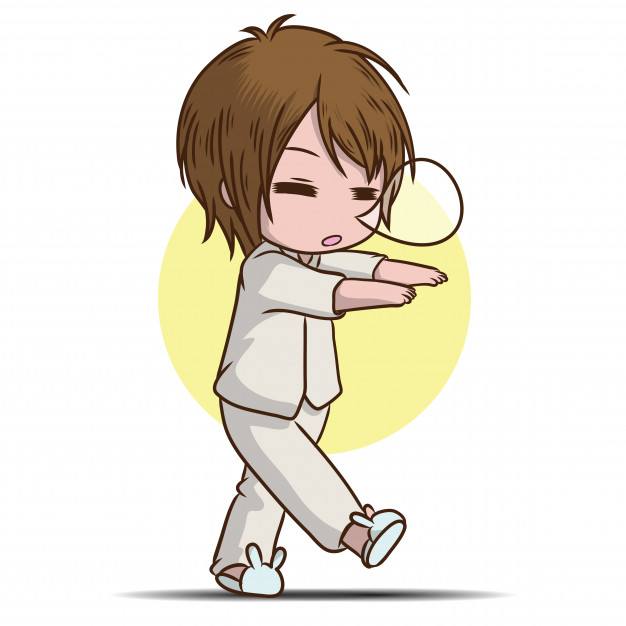

Type a word and press enter
Word Title: ___
Meaning: ___
Hey there, little friend! Did you know that your teeth are like tiny superheroes in your mouth? They help you bite yummy apples, chew delicious cookies, and smile big and bright!
Read More →
Hello, little explorer! Did you know that shapes are hiding all around your house, just waiting to be discovered? Let’s go on a shape-finding adventure!
Read More →
Hey, little scientists! Have you ever played with bubbles in the bath? It’s so much fun! Did you know you’re also doing science? Let’s dive into the bubbly world and see what’s happening.
Read More →
Hey there, young explorers! Ready to blast off on a super cool adventure through space? Let's meet the planets in our solar system!
Read More →
Ayodhya Ram Mandir is set to be inaugurated on 22nd January 2024. Witness the culmination of years of dedication and construction as theShri Ram Janmabhoomi Teerth Kshetra Trust enthroned Ram Lalla at the sanctum-sanctorum.
Read More →
I have no special talents. I am only passionately curious,” said Albert Einstein. Many of the curious people get tagged by their friends as ‘Madam Curie’. Ever wondered why?
Read More →
An interesting account of a young boy’s encounter with aliens!
Read More →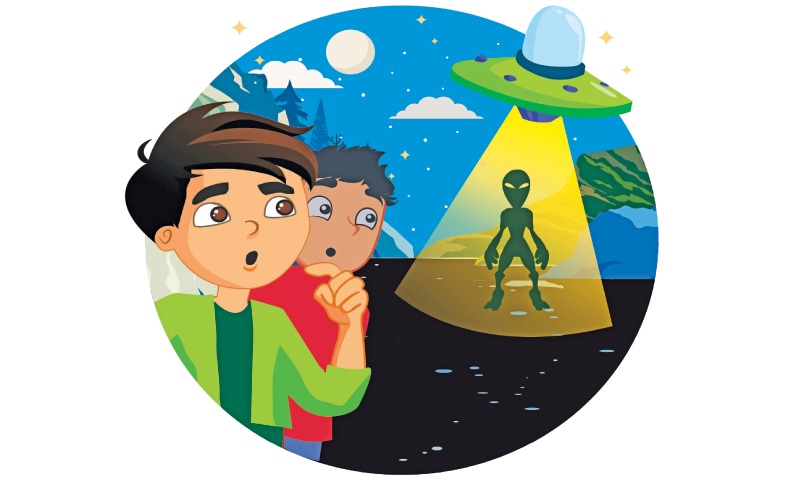
Any heritable characteristic that enables a plant or animal to survive and procreate in its environment is referred to as an adaptation.
Read More →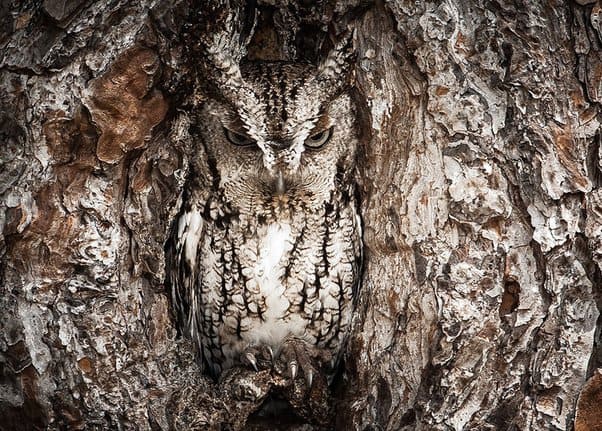
Camouflaging as we know is merging the presence of a person, an animal or an object with its surroundings. There are four types of basic camouflages, namely concealing through coloration, disruptive coloration, disguise and mimicry.
Read More →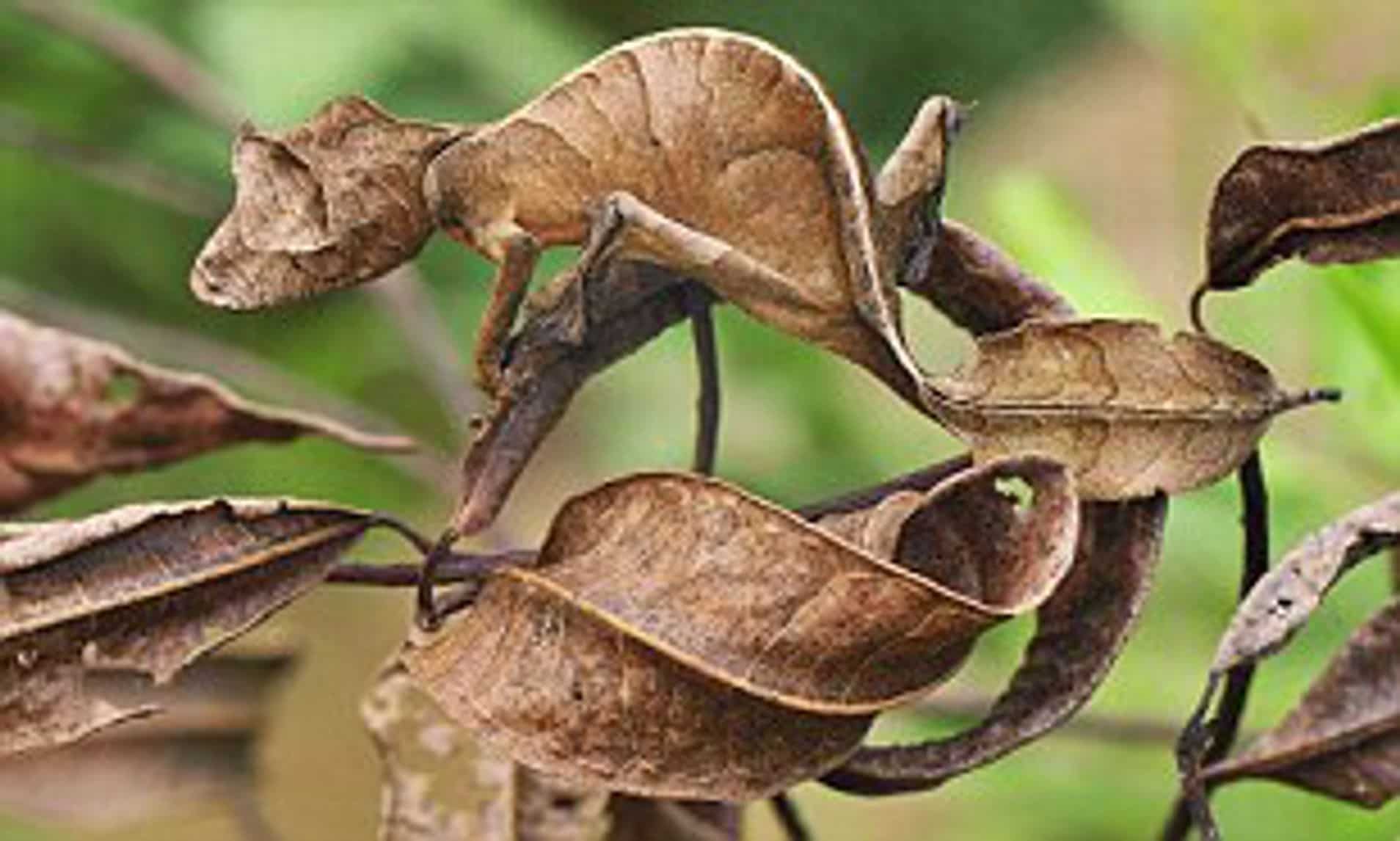
Many individuals aren't even aware that there are several sorts of fans depending on how many blades they have. According to Indian specifications, all fans have three blades, and their only function is to promote effective air circulation.
Read More →
Only a small percentage of the living world is known to science, despite the latest attempt being described as the most accurate yet.
Read More →
In China, numerous apps are forbidden. Yet, if you're moving there, there is a workaround. Get a list of all the popular Chinese apps that have been banned here.
Read More →
Endorphins are created and neuronal signals are sent to your face muscles to cause a grin when our brains are content.
Read More →
Discover why we dream and some of the most popular theories on dreams. Although they may serve this function, dreams may also serve other objectives.
Read More →
Ram Mandir will be initiated in Ayodhya, by our respected Prime Minister Narendra Modi. He will lay the foundation stone of the Ram Temple. Along with him, there will be 175 people who will be present in the ceremony.
Read More →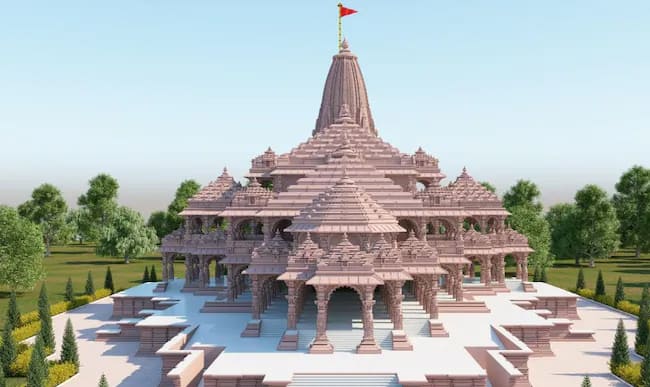
Throughout the beginning of time, humans have been innovating to get us where we are today. Here are only ten of the many inventions that have significantly altered your world. What more might you add to the list? some list of explores inventions and technologies that changed human life forever.
Read More →
Although the disease persisted after the Black Death, it made sporadic comebacks over the centuries. COVID-19 has sparked interest in earlier pandemics on a worldwide scale.
Read More →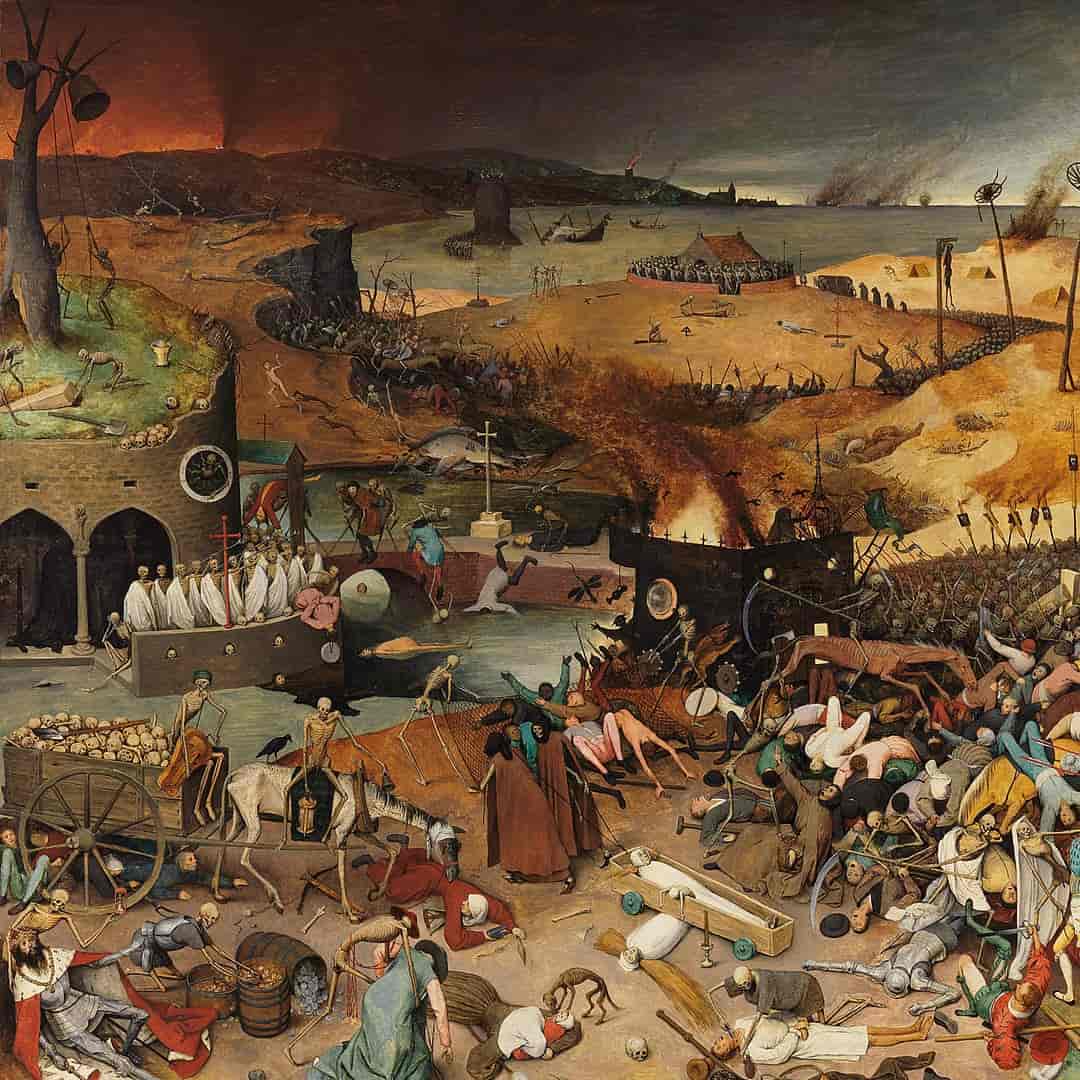
A device for the mechanical and analogue recording and reproduction of sound is a phonograph, also known as a gramophone in later variants (as a trademark from 1887).
Read More →
Jaguar, Maserati, Tesla , Mercedes Benz, and BMW are the top sports car manufacturers. A lot of people want to drive
Read More →
Goosebumps sometimes occur only because we're cold or when we're frightened. The ultimate result of an adrenaline rush intended to stave off a severe chill—or predators—are goosebumps.
Read More →
When you're fun to be around, when you're ambitious, when you're curious, and when you're society's driving force, you know who we are! The Young Adults are us.
Read More →
On August 5, 2020, Beirut saw the worst calamity. The explosion shook the entire city, and a mushroom cloud could be seen over the city. 2750 tonnes of ammonium nitrate were carelessly stored in a warehouse, which led to the explosion.
Read More →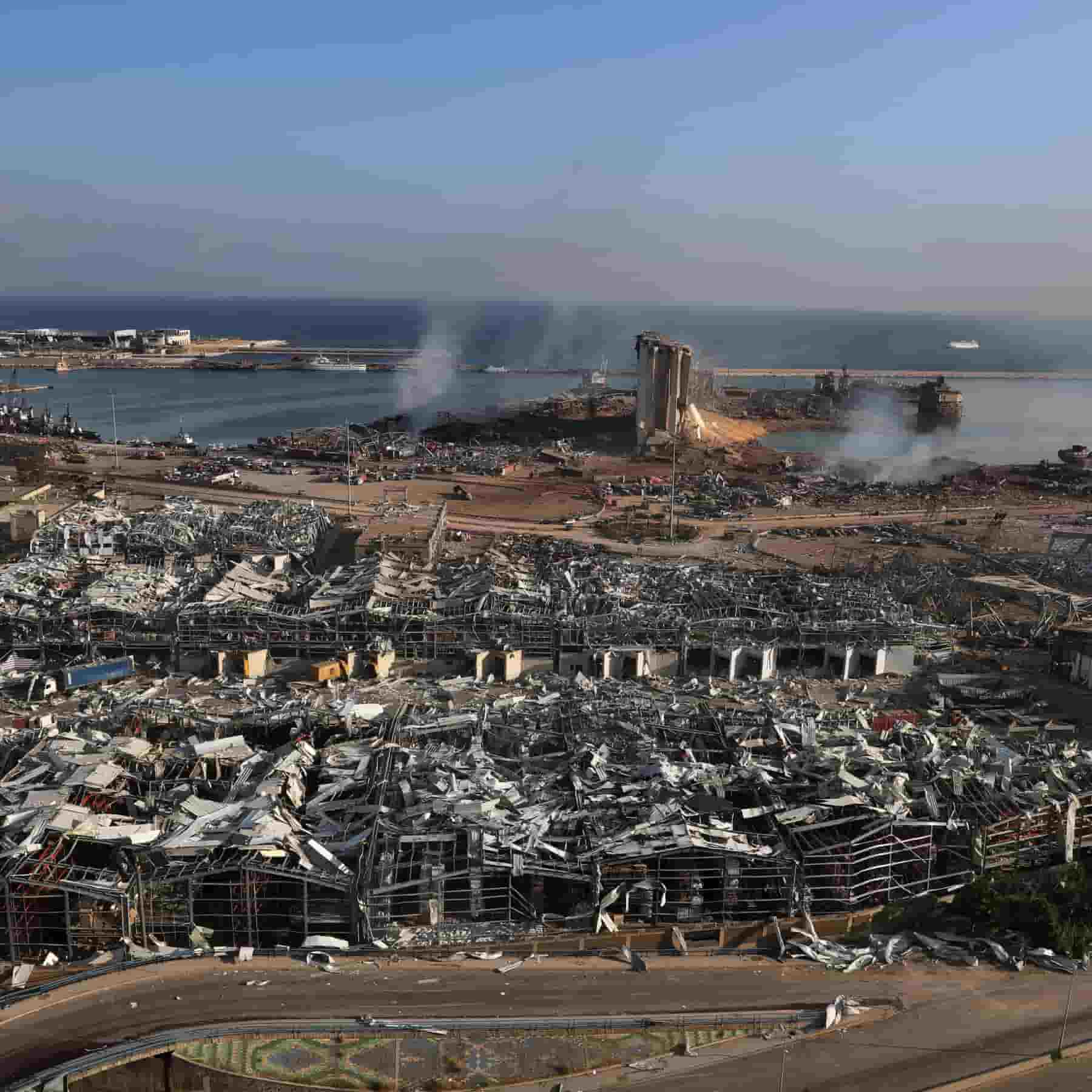
In order to make way for fresh learning, unlearning is a mechanism that enables us to learn from a past experience or pattern. It is vital to let go of outdated operating systems and practises in order to make room for new ones if we are to keep up with the changes taking place in all areas of life.
Read More →
Pandit Jasraj was a legendary classical singer who belonged to the Mewati gharana. His legacy of 75 years includes memorable renditions of Hindustani classical and semi-classical vocal music, classical and devotional music, album and film music, innovations in various genres
Read More →Father's Day didn't always enjoy the backing of the general population. Father's Day is a unique holiday celebrated worldwide in honour of fathers. Every year in India, it is observed on the third Sunday in June.
Read More →
In July 1518, chaos erupted in Strasbourg when a woman by the name of Frau Troffea suddenly appeared on the streets and began to spin, twirl, and shake.
Read More →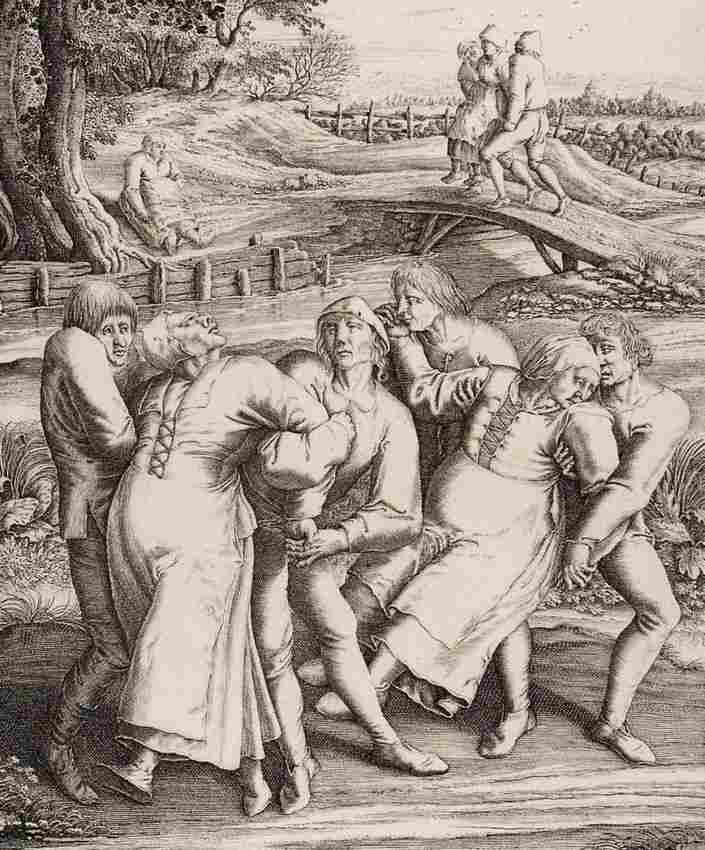
Most societies around the world classify the human body into two genders. These are the Male and the Female gender. This classification is based on human anatomy.
Read More →
World UFO Day, a day devoted to unexplained flying objects, is observed annually on July 2. Essentially, it serves as a day of awareness for people all around the world to come together and search the skies for UFOs.
Read More →
Volcanoes are scary as it is, and now you’re telling me that there’s something called...supervolcanoes
Read More →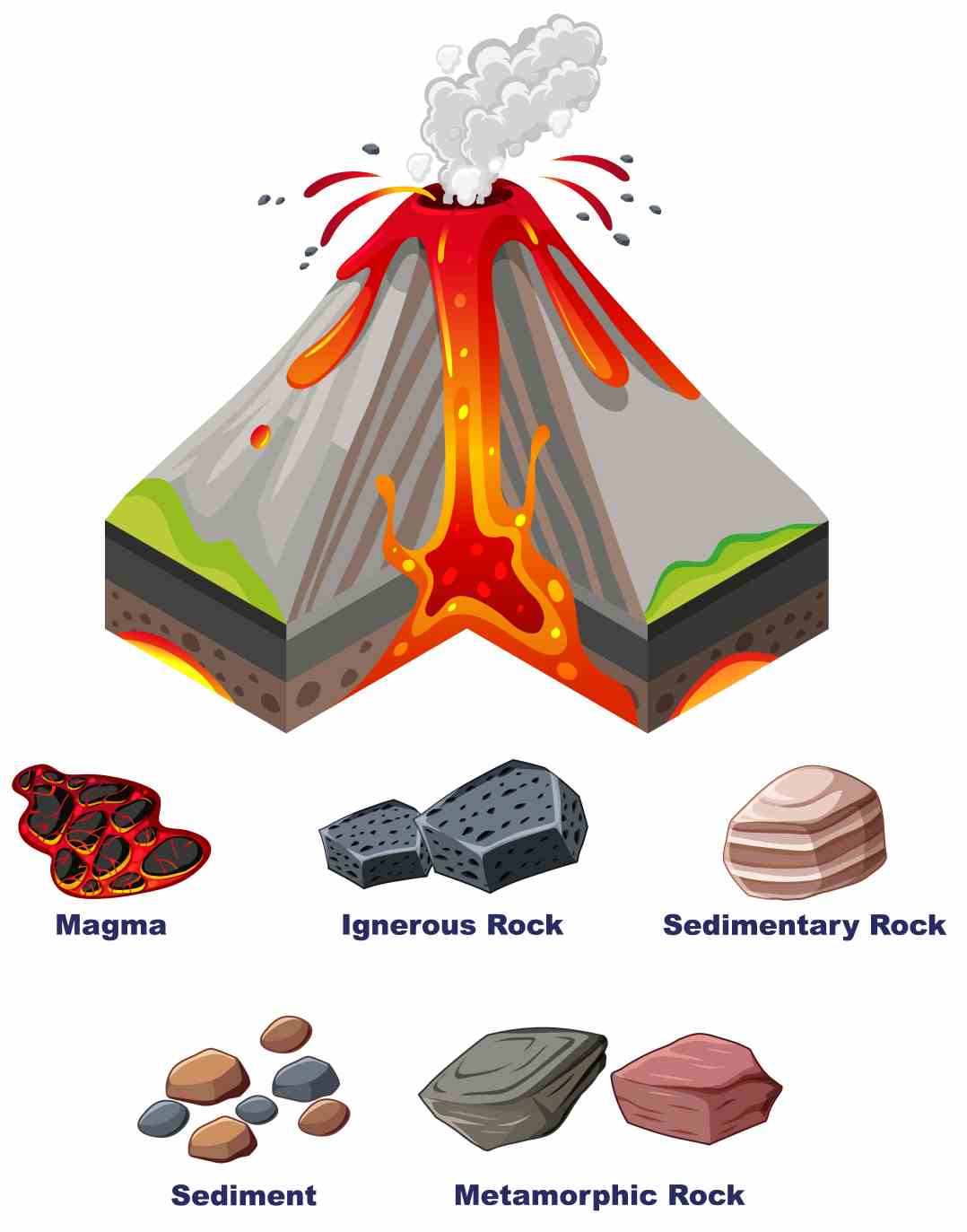
The remnants of a big star that explodes in a supernova are what create the majority of black holes. Dense neutron stars, which are produced by smaller stars, are not big enough to confine light.
Read More →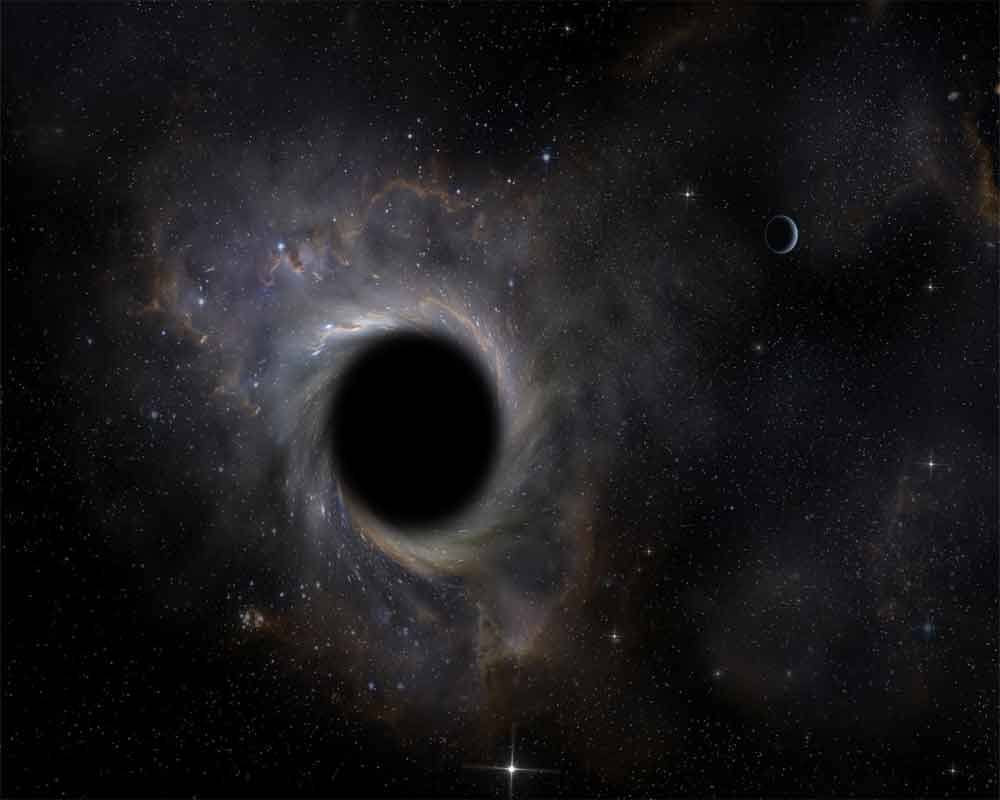
The first open packet-switched computer network was the U.S. Advanced Research Projects Agency Network (ARPANET). In 1989, it was ultimately deactivated after being put into use in 1969. The primary applications of ARPANET were in academia and research.
Read More →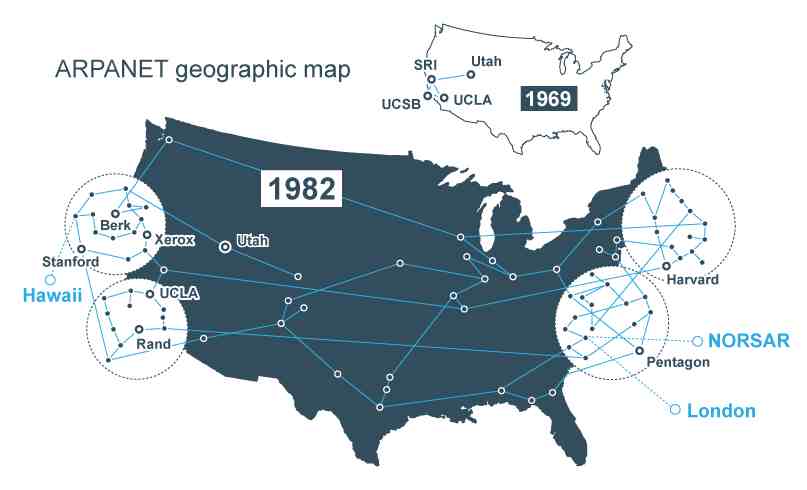
Boredom is a very common feeling. Even, animals feel bored like us. It is the feeling of dissatisfaction, restlessness and mental fatigue.
Read More →
Oliver Hardy, member of the iconic comic duo - Laurel and Hardy. They became a famous duo, in comedy, during 1940-50’s. They made over a hundred films together, and won a lot of awards.
Read More →
Reduce your likelihood of developing significant health issues including diabetes and heart disease. Decrease stress and boost your mood. Do better in class and at work by clearing your mind. Get along with people more easily.
Read More →
May Day, also known as Workers' Day or International Workers' Day, is a day celebrated on May 1 in various nations to honour the historical battles and victories achieved by workers and the labour movement.
Read More →
Racism is the idea that certain human groups have hereditary characteristics that correspond to particular behavioural features, and that these groupings can be split according to the superiority of one race over another.
Read More →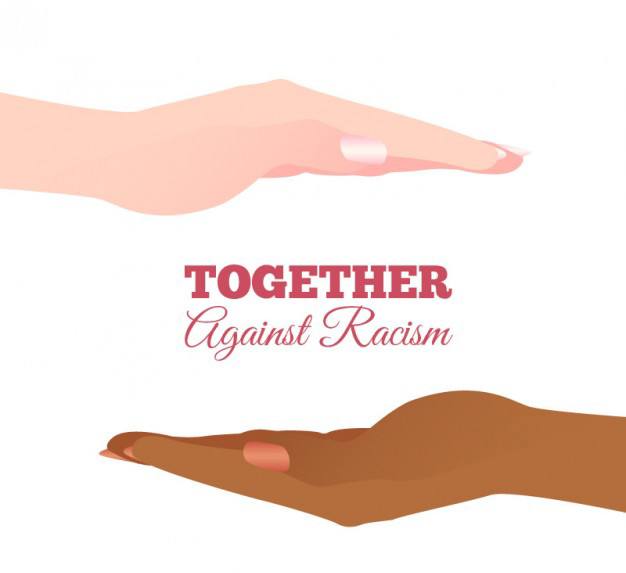
One of the oldest still-practicing systems of social stratification in the world is the intricate caste system of India. Hindus are divided into four primary caste groups according to the caste system: Brahmins, Kshatriyas, Vaishyas, and Shudras.
Read More →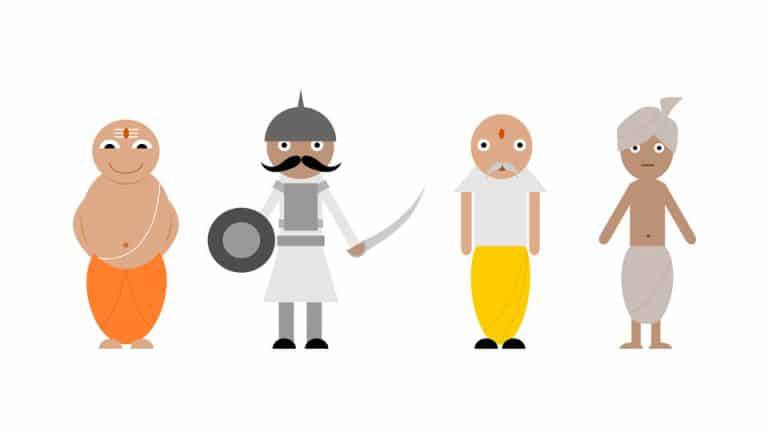
Disney films are often based on old folktales, but not all of them have been modified from sources like the Brothers Grimm; some of them are actually based on actual historical persons and events.
Read More →
The Padma Vibhushan, Bharat Ratna, Padma Bhushan, and Padma Shri stand as some of India's most prestigious national awards, honoring individuals for their exceptional contributions in various fields.
Read More →
Our current languages evolved from extinct languages. They still have a place in science, but understanding them requires accurate translations.
Read More →
Isn't it strange that we don't think of mythological creatures as real, but assume them to to be fictitious. Let's know the truth!
Read More →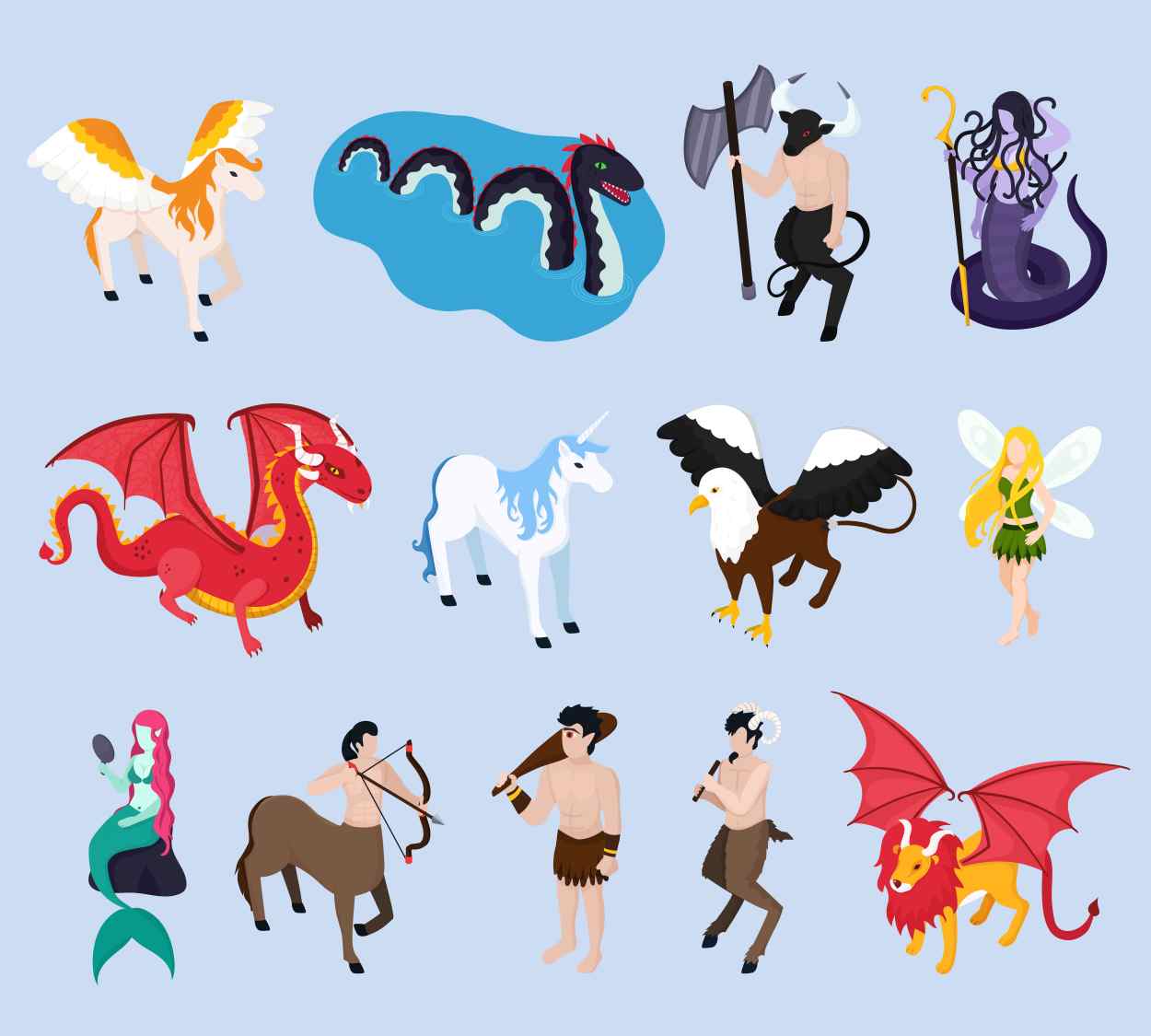
Contrary to what you may have been taught to believe by some cartoons and amusement park rides, pirates were not always a pleasant lot. Pirates were actually a real threat to the people availing sea routes.
Read More →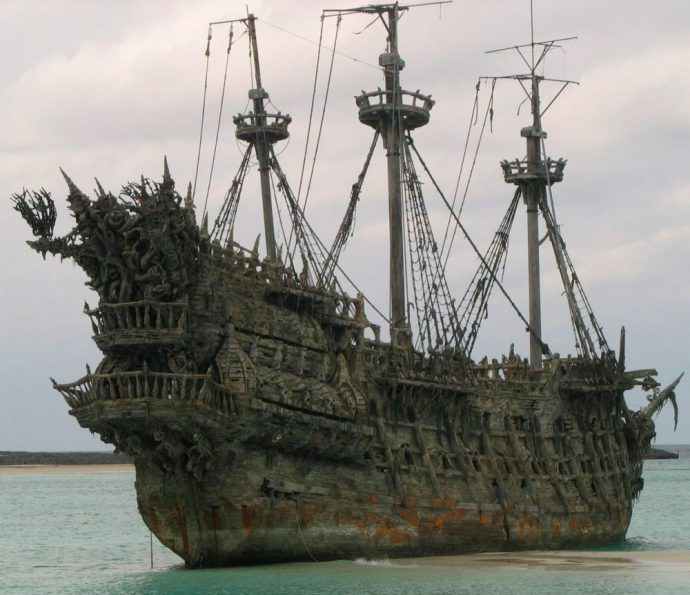
King John of England signed and sealed the "Great Charter," now known as the Magna Carta, on June 8, 800 years ago. A succinct and fascinating history of Magna Carta and its unexpected effects There are very few Magna Carta facts that are actually factual.
Read More →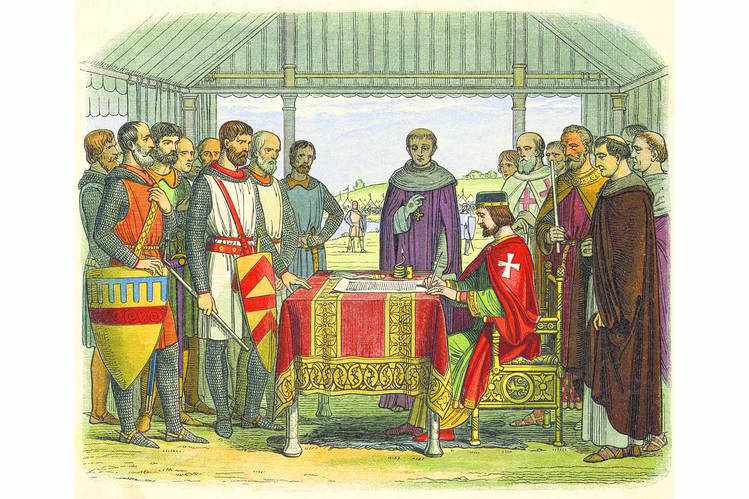
Heroes from the Native American culture excelled as warriors, authors, artists, and scientists. Here are some lesser-known accounts of bravery and accomplishments throughout American history.
Read More →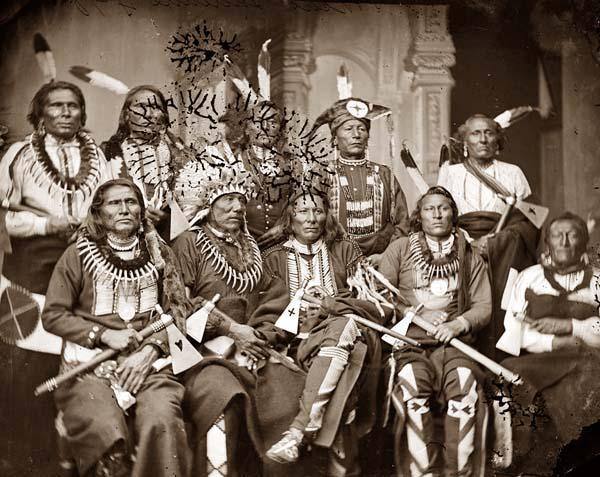
The Indian Army is the third largest Armed forces in the World. They are also considered one of the strongest fighting forces in the world.
Read More →
India launched its first communication satellite into space. It was a milestone in India’s Space Programme. The satellite was called Ariane Passenger PayLoad Experiment or APPLE in short.
Read More →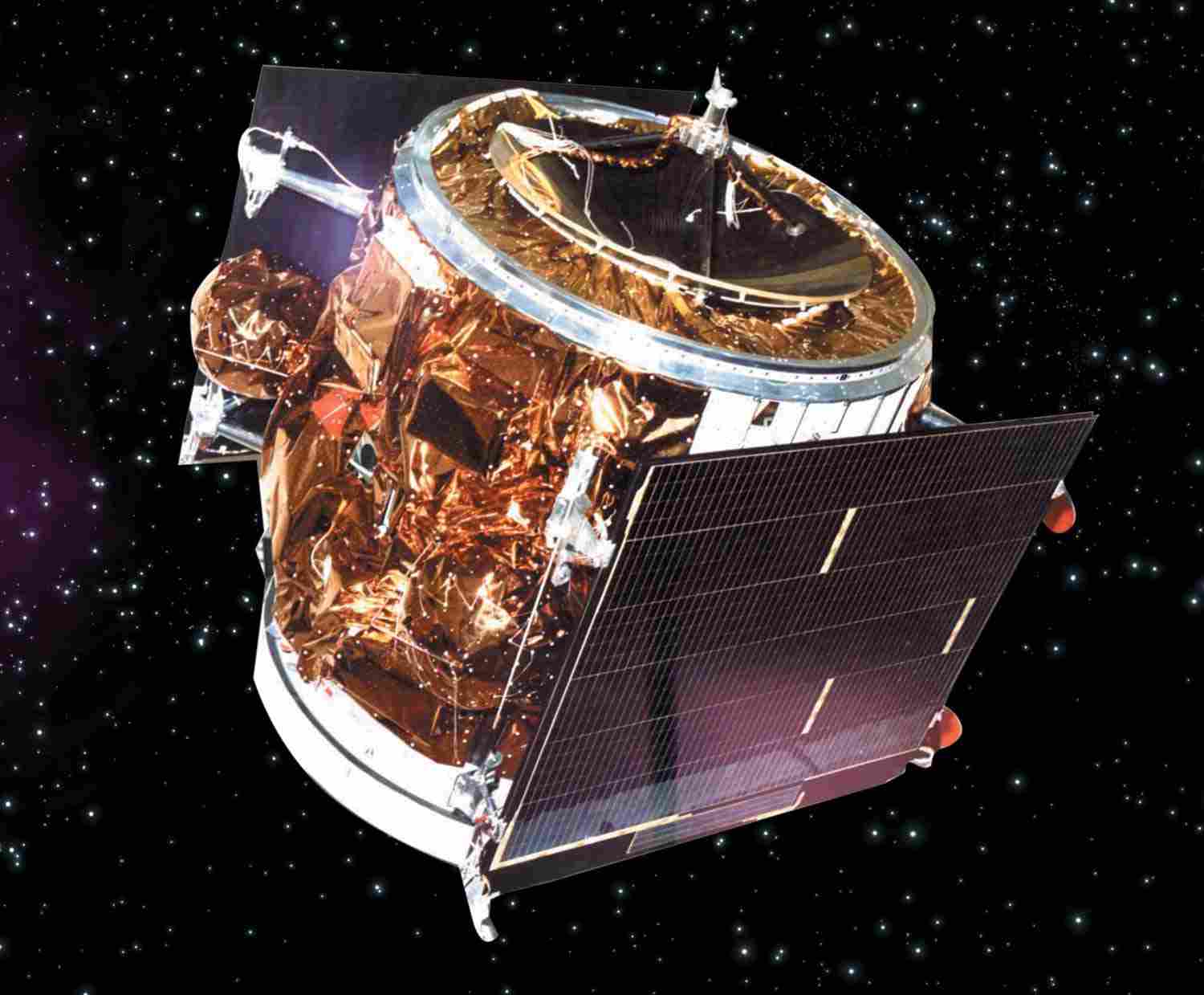
To keep fit and active, try some of these yoga poses at home. You can develop flexibility, reduce back discomfort, and reduce stress by performing a few beginner-friendly positions.
Read More →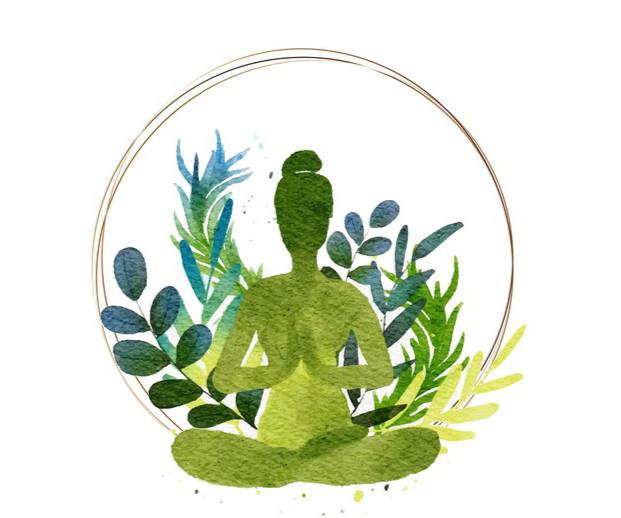
According to India’s cybersecurity agency CERT-IN, India is about to face a potential threat of cyber attack in the form of Phishing.
Read More →
The "food for gods" is chocolate. It is a delicious pleasure that we all like having. Chocolate always lifts your spirits, no matter how you're feeling.
Read More →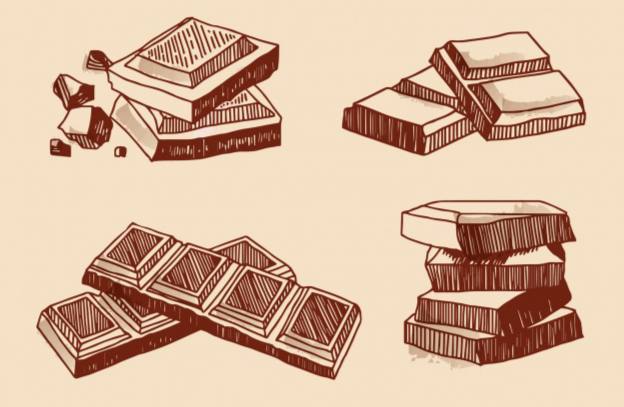
In Thailand, every year, in the city of Lopburi, people arrange a massive feast for the monkey residents of the town. They build a massive tower full of colourful vegetables and fruits, for the long-tailed macaques to feast on.
Read More →
In addition, movies help us comprehend the harmful impacts of abusing alcohol, drugs, and other substances. Activism and crime TV programmes also alert us to the risks associated with crime, terrorism, and war.
Read More →
According to the belief that gurus are the intermediaries between disciples and immortality, Guru Purnima is a holiday that is observed. For remembering the Sikh Gurus and Vyasa, this day is among the most auspicious.
Read More →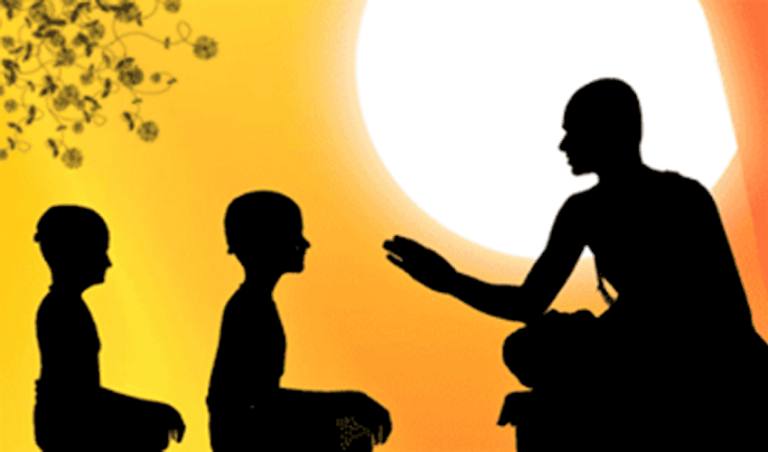
Every year on 4th of July, America celebrates its Independence Day. This day is a celebration of receiving independence from the British colonizers.
Read More →
The rural regions of France were struck with fear when hundreds of people were killed by a mysterious creature.
Read More →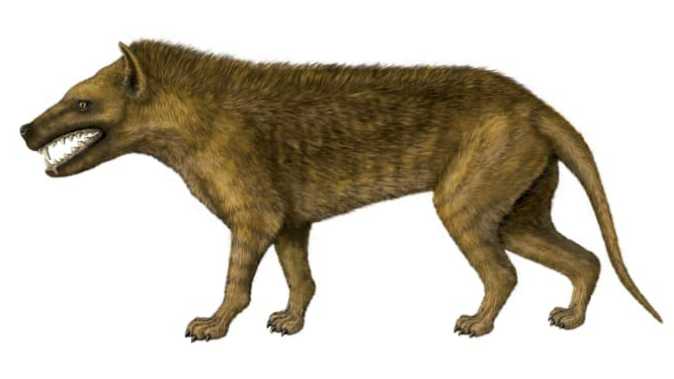
The capital city of France, the city of lights, that is more than 2000 years old was founded today. Since 1951, people of Paris have been celebrating its birthday on 8 July.
Read More →
We do not have two separate brains. Left-brian is the left hemisphere of our brain and the right-brain is the right hemisphere of our brain.
Read More →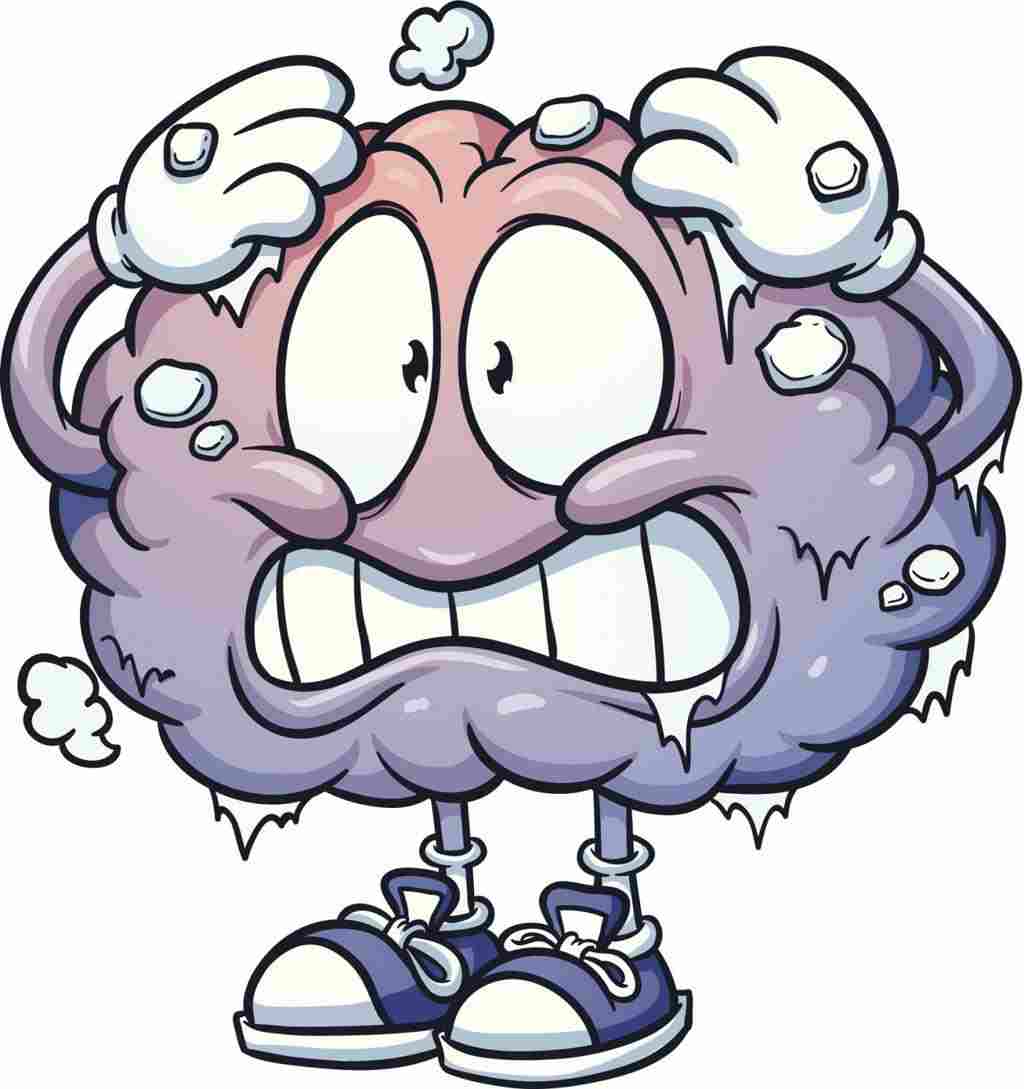
Rectangular devices are easy to handle compared to triangular or circular devices. For triangular devices, they would not fit in your pockets.
Read More →
The Spanish Flu (1918-1919) is considered to be the deadliest influenza pandemic in the history of civilization.
Read More →
On World Humanitarian Day (WHD) August 19, the world commemorates humanitarian workers killed and injured in the course of their work, and we honour all aid and health workers who continue, despite the odds, to provide life-saving support and protection to people most in need.
Read More →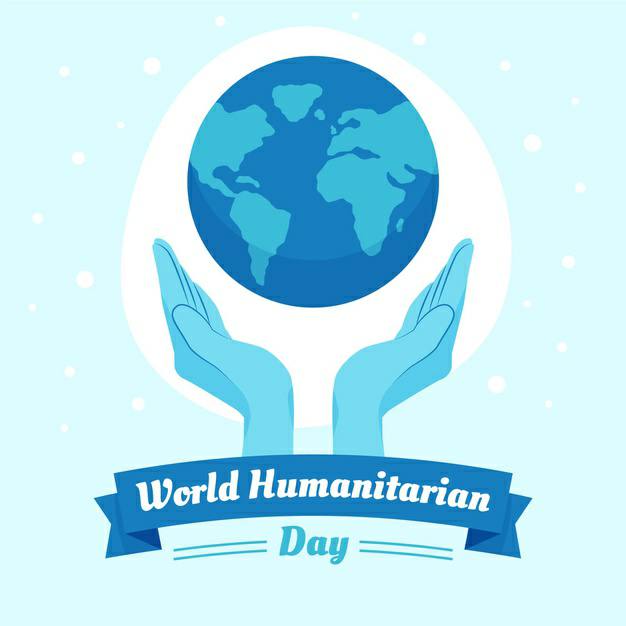
Volcanoes are scary as it is, and now you’re telling me that there’s something called Super Volcanoes
Read More →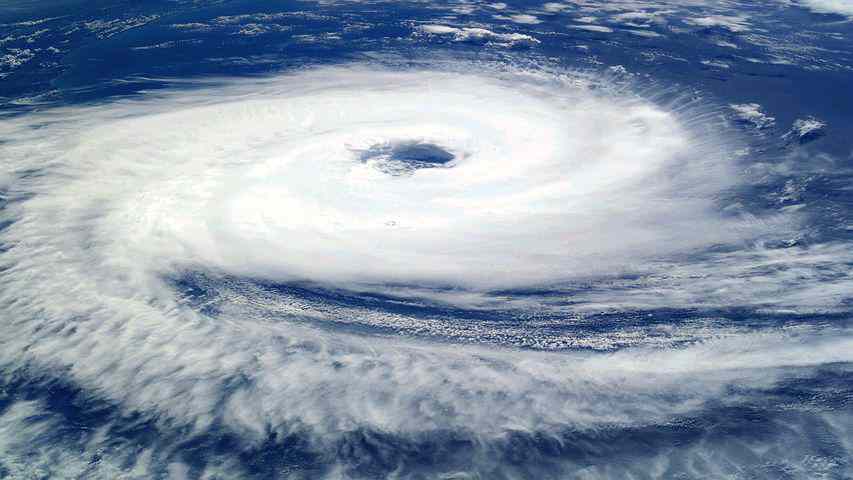
Volcanoes are scary as it is, and now you’re telling me that there’s something called Supervolcanoes
Read More →
Laws are absolutely essential for the healthy functioning of a society. It provides people with a list of guidelines for acceptable conduct without which said society would crumble into anarchy and dissonance.
Read More →
Ah...Egypt. The land of the magnificent pyramids, the breathtaking Sphinx, the home to one of the oldest civilizations known to man, and the setting of all the horror movies associated with mummies. Here are some of the things that you might know about the ancient ‘land of the pharaohs’.
Read More →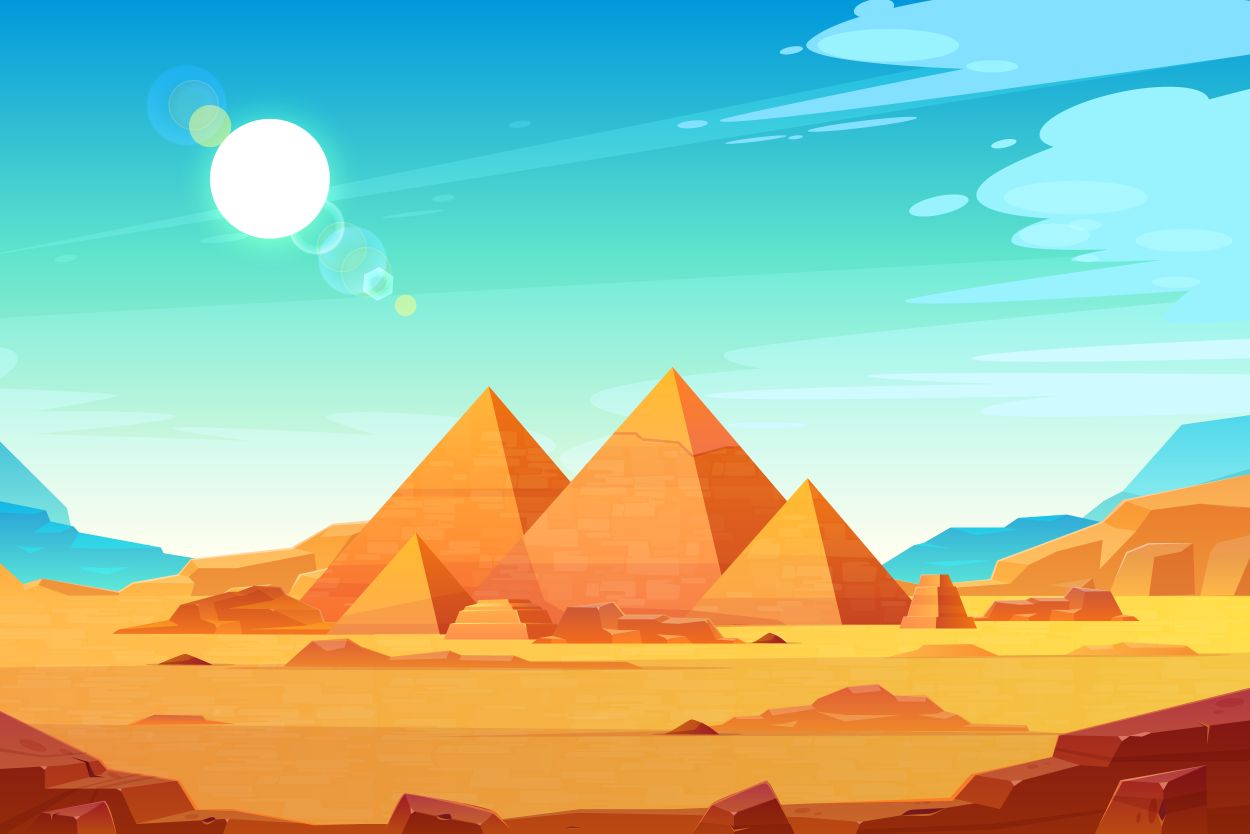
All mobile phones have a unique identification number called an International Mobile Equipment Identity (IMEI). It’s kind of like an Aadhar Card for your cell phone.
Read More →
The Earth's atmosphere is a layer of gases that surrounds the planet, held in place by gravity. It plays a crucial role in supporting life, regulating temperature, and protecting the Earth from harmful solar radiation.
Read More →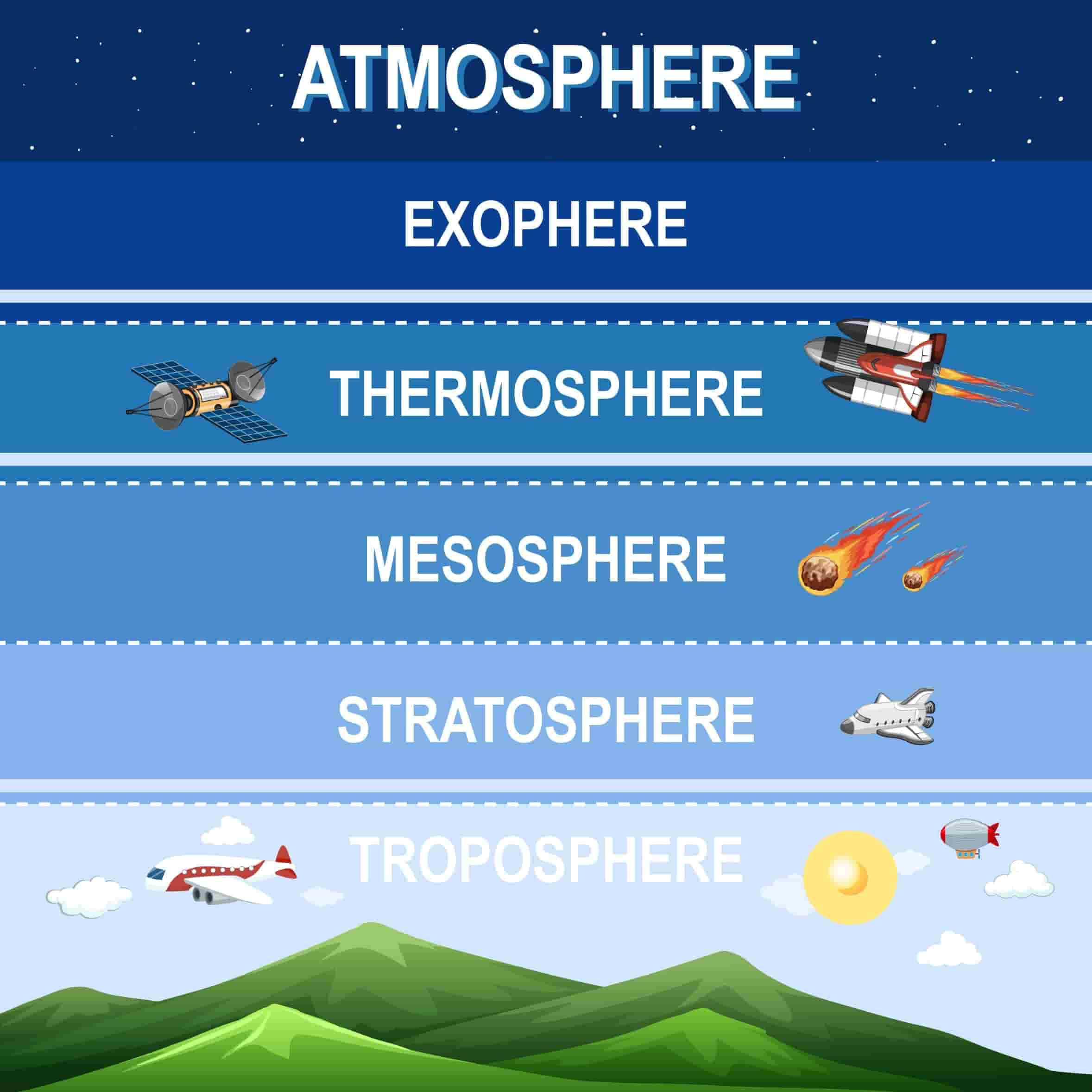
Before a vaccine may be commercialised or distributed for general use, it must pass through several steps of development, testing, and downstream processing, from the formulation of a possible vaccine to phased clinical trials.
Read More →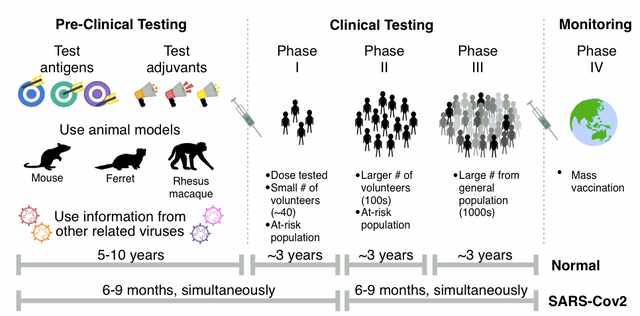
Black is a common colour for plastic water storage tanks to conceal other additions that could degrade the quality of the plastic by making it less durable, porous, or useful.
Read More →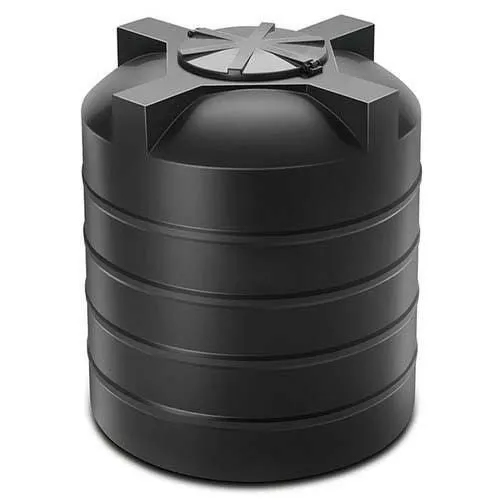
Venus is permanently cloaked in thick, yellowish sulfuric acid clouds that trap heat and contribute to a runaway greenhouse effect. Venus also has a thick, toxic atmosphere that is packed with carbon dioxide.
Read More →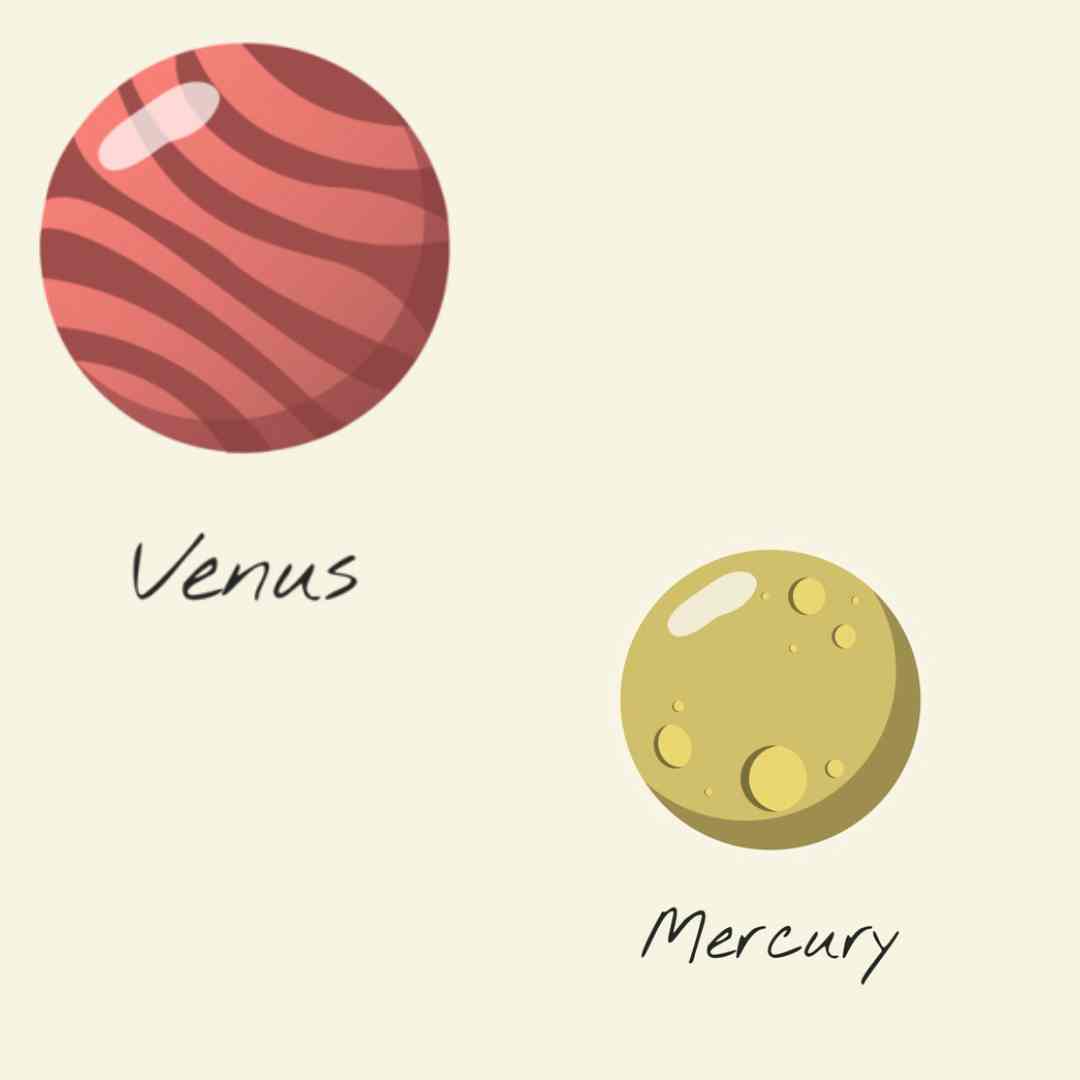
A Virtual Private Network (VPN) is a technology that creates a secure and encrypted connection over the internet. It allows users to access resources on a private network as if they were directly connected to that network, even if they are physically located elsewhere.
Read More →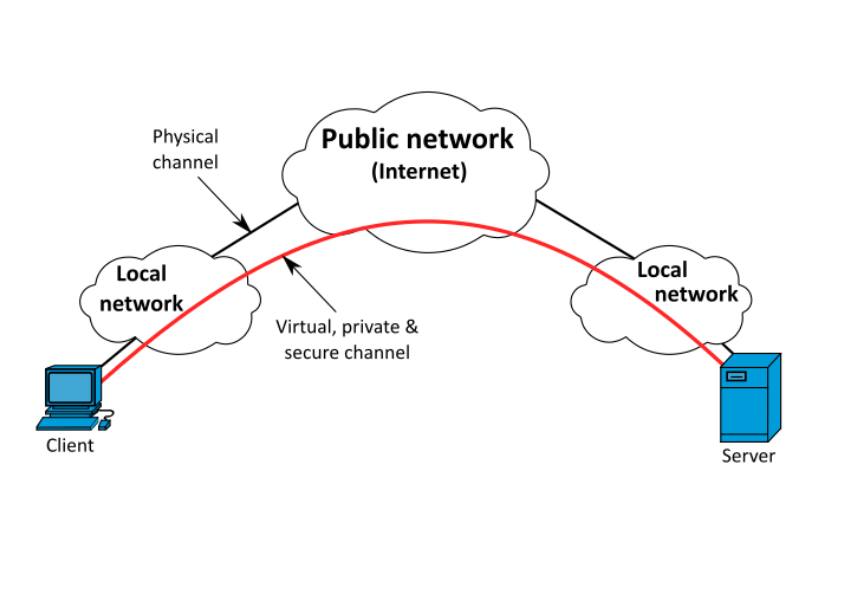
Lack of sleep, also known as sleep deprivation, can have a wide range of harmful effects on both your physical and mental health.
Read More →